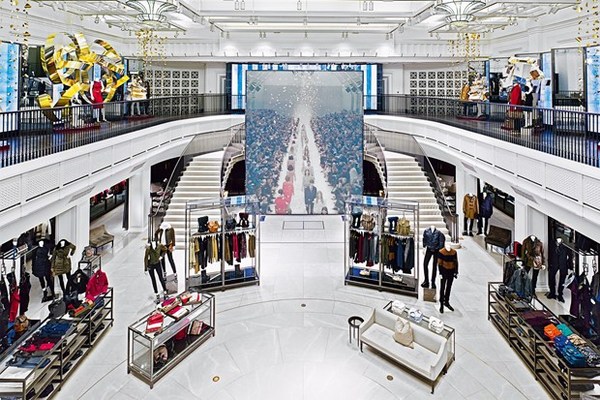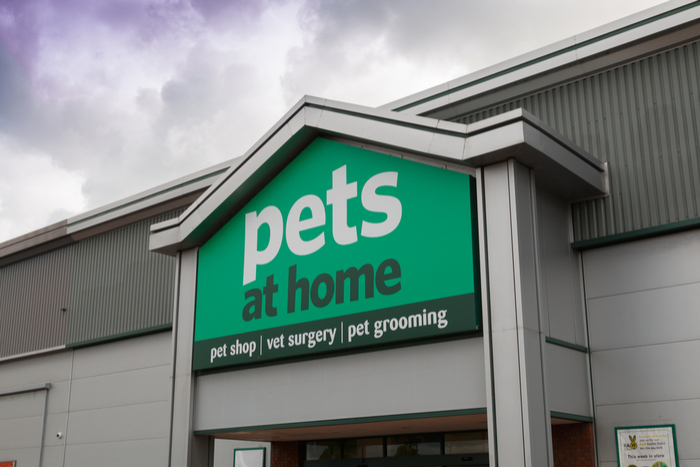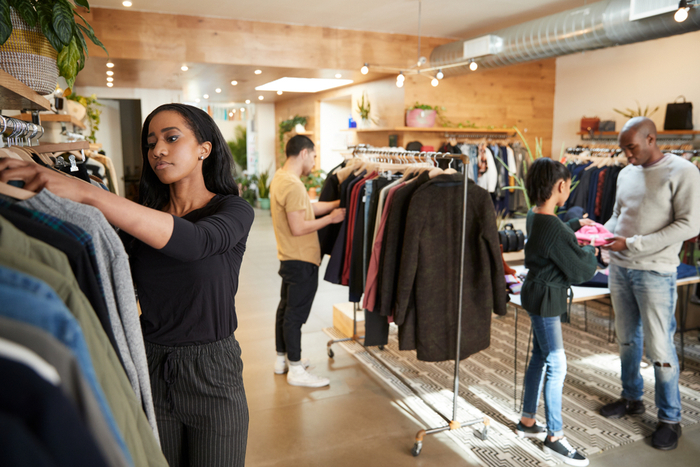Consumption via moving poster advertising screens whilst commuting through major cities in the UK is proliferating. In London in particular, there are now thousands of internet-connected digital advertising screens that can be updated with real-time information.
Research at the end of 2014 by Kinetic Worldwide, poster advertising specialists, found that consumers are increasingly expect posters to help them, sell to them and identify them personally.
Key findings include 43% of adults prepared to download a retail voucher from a digital poster site, a 25% would do the same for an app or game, and 25% are interested in being able to access information about local things to do, see or eat.
Retail is already an offline, online, omni-channel pursuit with consumers very rarely aware of a difference. A consistent experience across platforms is expected as well as a demand that retailer intelligence follows. Modern consumers are willing to trade personal data for this service but brands must listen to the noise created by consumers in their vicinity and use this to inform real-time, dynamic digital output. Data scraped from branded apps and customer accounts fused with business data, such as live stock data or trending products, creates informative and useful information that can be relayed to consumers, personalising the path to purchase. Digital signage can then host this dynamic copy to answer a consumer‘s need for curation and direction.
So without traditional sales driven by physical footfall, what is the role of the physical store in the future?
Retail Gazette asked Christy Johnston, Marketing Content Director at Kinetic UK on her thoughts.
From innovative celebrations of brand and product, to a focus on lifestyle benefits through complimentary services, to distribution and collection hubs or community facility, “retail space will be multifunctional” comments Johnston.
Seamless integration of technology will create responsive and personalised environments. Screens, like those already operational in the Burberry flagship Regent Street store that call up recent catwalk video of specific items, whilst being handled by the customer, will enhance the retail experience with social and interactive content.
Johnston predicts that facial recognition technology linked to Beacon or online loyalty accounts could trigger a welcome message or curated content on these screens. Personalised offers, relevant reviews and suggestions can be quickly surfaced. In an out of home environment, a quick analysis of multiple face scans can enable broad personalisation with the content designed to target a common need or interest.
“An exciting area for out of home media and online retailers is the development of haptic technology. Haptic tech in digital screens uses vibrations to recreate the sense of touch for the user. This will enable consumers to ‘touch‘ a product through their device or a digital screen. If the tech develops in the way that is hoped it will be interesting to see its impact on mobile commerce as customers trial products on the go or at home or if it will be the catalyst for physical footfall as consumers seek to confirm their initial conclusions” she continues.
Devices will aid frictionless passage through the shopping experience. With purchase completed remotely, consumers can “swoop into Click and Collect locations”, have beacon tech recognise their presence and promote their collection to the top of the line or open a locker. Dynamic OOH can publish real-time collection slots to encourage on the go commerce. According to Johnston, frictionless digital wallets such as Apple Pay will also enable quick transaction with stores.
“The road to 2020 will see more experimentation by retailers of all shapes










